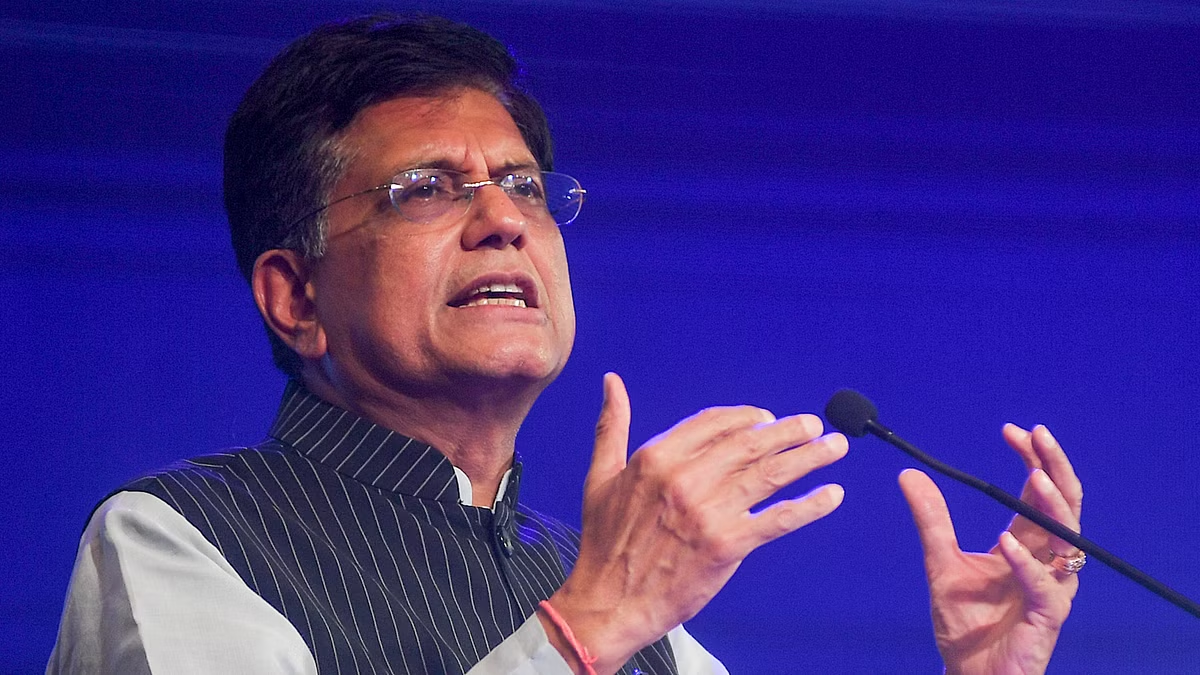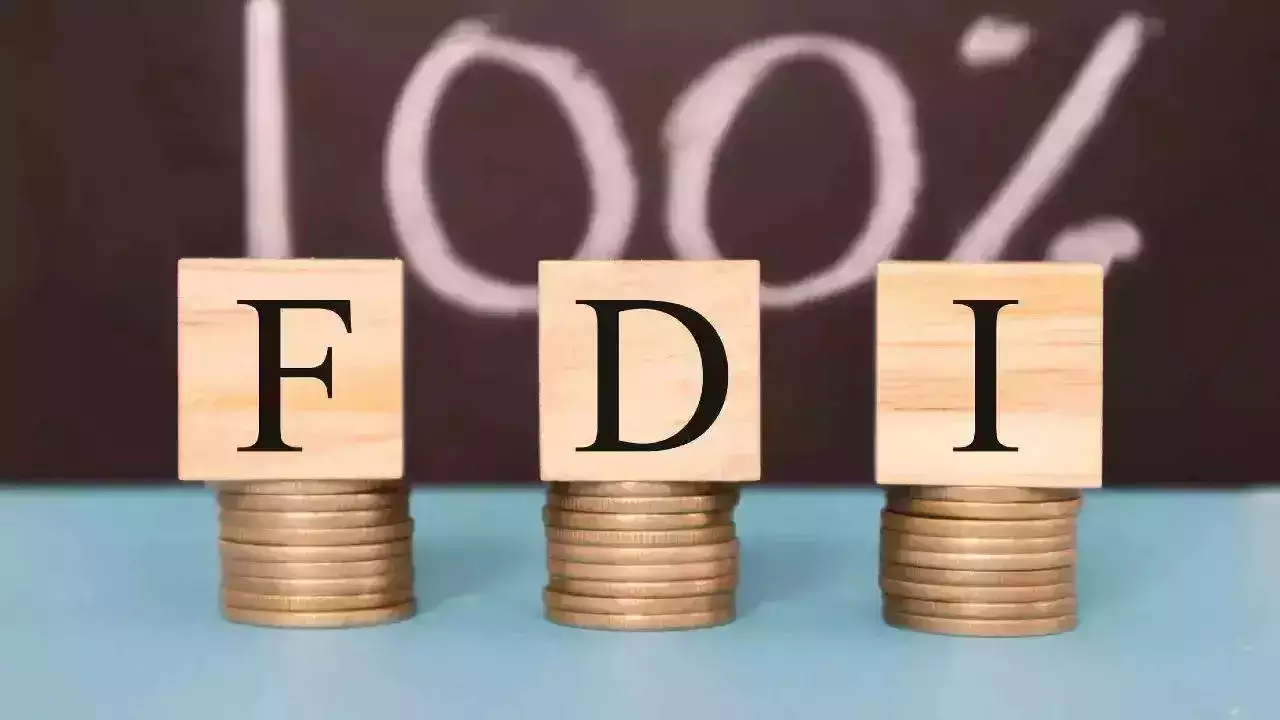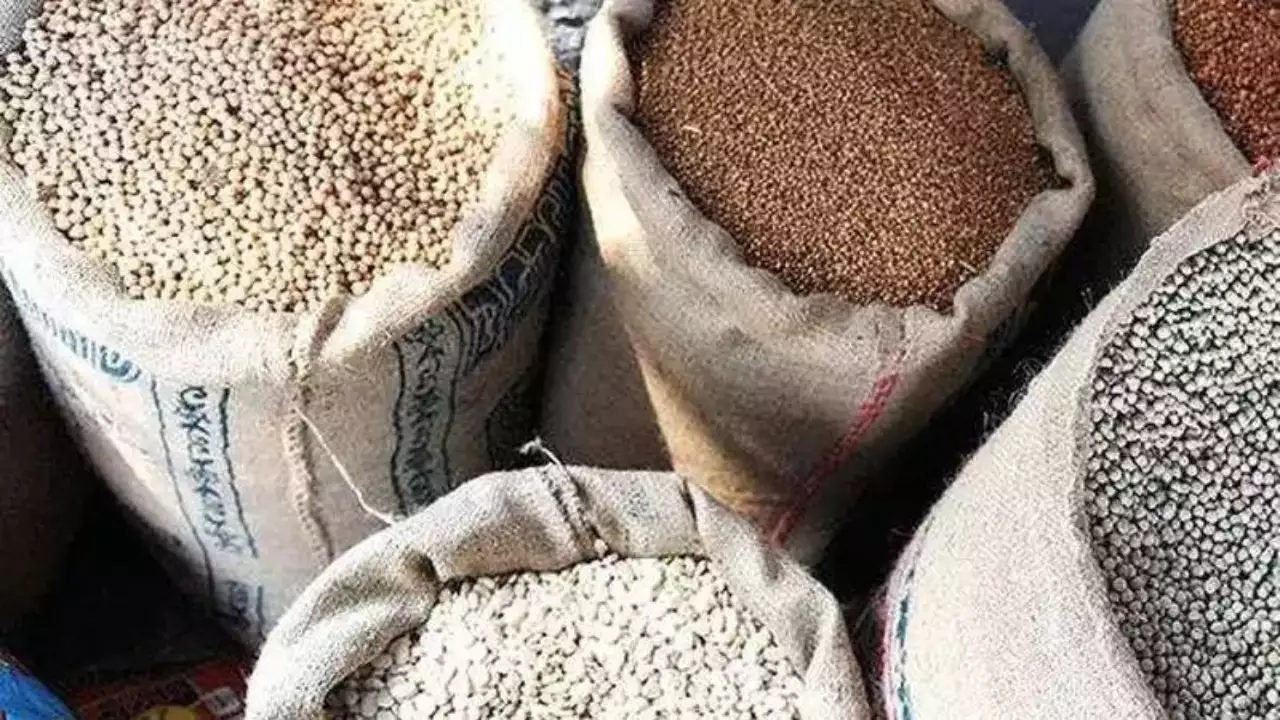Share

China’s industrial output and retail sales faltered in August as the economy lost momentum, adding to expectations. Beijing will step up stimulus efforts in the final months of the year. Industrial output rose 4.5% year on year, down from 5.1% in July and missing the average forecast of analysts polled by Bloomberg of 4.7%. Retail sales rose 2.1% against a year earlier compared with 2.7% in July and against analysts’ average forecasts of 2.6%. Industrial output grew at the slowest pace since March while retail sales, a gauge of consumption, had their second-slowest month of the year, data from the National Bureau of Statistics showed, despite August being the summer holiday month. The NBS said “in general the economy was operating smoothly in August”. But it said economic activity “still faces many difficulties and challenges in its continued recovery”, blaming an adverse external environment and “insufficient” domestic effective demand. President Xi Jinping this week called for officials to meet the country’s annual economic and social development goals, which analysts interpreted as urging them to hit this year’s gross domestic product growth target of 5% year on year. Xi has focused on industry, particularly in the high-tech manufacturing sector to offset a three-year property slump that has hit household consumption and undermined investor confidence. The housing crisis has created what analysts call a two-speed economy, with exports increasing rapidly, especially in terms of volumes of shipments, while domestic demand has been more sluggish.
“China’s growth momentum has slowed rapidly in recent months,” Raymond Yeung, chief economist, Greater China for the Australia and New Zealand Banking Group, said this week. He said the gap between China’s official growth target and the final figure could be as much as 0.4—0.5%. “This will likely prompt the authorities to release a stimulus package,” he wrote in a report. The August data also showed that fixed asset investment grew at the slowest pace since last December, while the housing market continued to plunge. Fixed asset investment grew 3.4% between January and August, compared with 3.6% between January and July. Analysts polled by Bloomberg had forecast about 3.5%. Excluding real estate, however, fixed asset investment increased by 7.7% year on year between January and August, with infrastructure investment — one of the main targets of government stimulus — up 4.4% year-on-year and manufacturing investment 9.1% higher. Real estate development investment, meanwhile, fell 10.2% while the sales area of new commercial housing — estimated in square meters — was down 18%. The Government has so far announced only incremental measures to try to stabilize the housing market and rekindle household demand. But China’s two-speed economy faces growing risks, analysts said, with its lack of domestic demand and increasing export volumes generating tensions with trade partners. Real exports are up 14% over the past year and China may face more tariffs from trading partners, if there is sustained further expansion in the goods trade surplus,” Goldman Sachs said in a research note. “China may have to stimulate domestic demand to balance the risk of new tariffs dragging on growth and exacerbating disinflation.”
Related Posts
SEARCH SMECONNECT-DESK
RECENT POST
- Finance Minister Boosts MSME Lending with Rs 1.5 Lakh Crore Increase in Public Sector Bank Targets for FY25
- Golden Visa Shake-up: Spain, Portugal, and Switzerland Phase Out Schemes While Hungary Reintroduces Residency Pathways
- Bank of Baroda Expands Branch Network and Strengthens Retail, Agriculture, MSME Focus
- PSBs to focus on accelerating pace of lending to agriculture & MSMEs
- Agricultural exports flat in first half:









